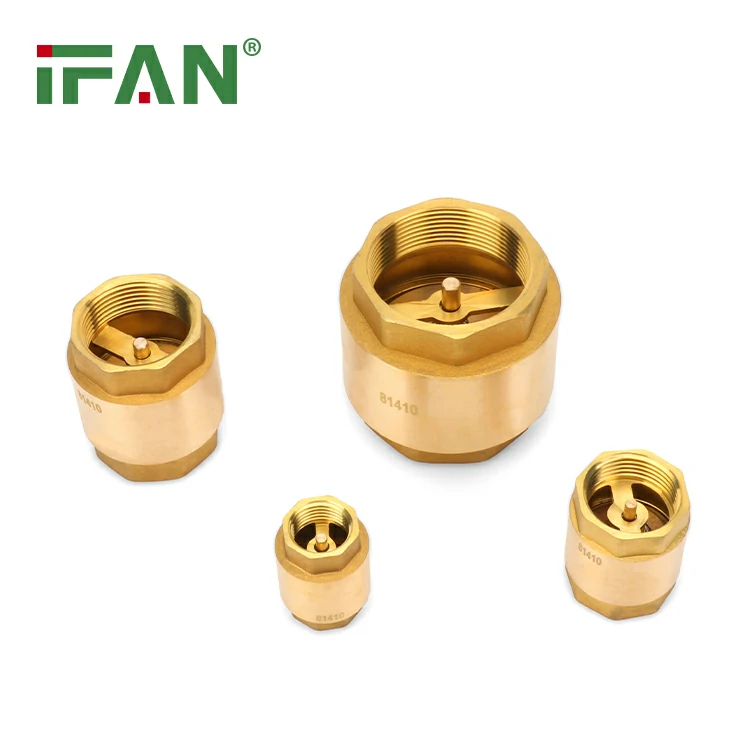Introduction to Check Valve Installation
Installing a check valve correctly is crucial for its functionality. It ensures unidirectional flow and prevents backflow in systems. Proper orientation depends on the valve type and application.
Understanding Flow Direction
A check valve must be installed in the direction of fluid flow. Canada’s 2023 plumbing guide emphasized aligning the arrow on the valve with the flow. Incorrect installation can lead to system failure.
Types of Check Valves and Orientation
Different check valves have specific installation requirements. Australia’s 2023 industrial report noted swing check valves often need horizontal installation. Ball check valves are more flexible in orientation.
Vertical vs. Horizontal Installation
Some check valves work well in vertical positions, while others require horizontal alignment. Germany’s 2023 installation manual highlighted that lift check valves perform best vertically. Always follow manufacturer guidelines.
Importance of Proper Positioning
Correct positioning ensures the valve opens and closes effectively. Japan’s 2023 maintenance study emphasized that improper installation can cause leaks or blockages. Proper alignment maximizes efficiency.

Common Applications and Installation Tips
In residential plumbing, a check valve is often installed in water supply lines. Boeing’s 2023 aircraft study noted their use in fuel systems. Ensure the valve is accessible for maintenance.
Avoiding Installation Mistakes
Double-check the flow direction before installation. South Korea’s 2023 plumbing audit highlighted that reversing the valve can damage the system. Use tools like a flow meter to confirm direction.
Conclusion: Ensuring Correct Installation
Properly installing a check valve is essential for system performance. The EU’s 2023 plumbing report concluded that following flow direction and manufacturer instructions ensures reliability and longevity.

